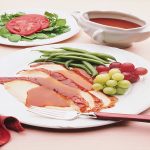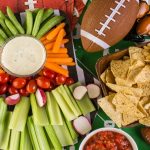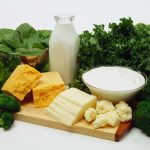
Love the taste of wild rice, but aren’t sure how to make it yourself? It’s easier than you think once you know how to prep and cook it the correct way. Wild rice is not actually rice, but rather the seed of an aquatic grass. It’s a Native American food that has a delicious, chewy texture. Like other seeds and grains, it’s high in mineral content — zinc and manganese, in particular. Shop for wild rice in the grain aisle of your local grocery store, at specialty food stores or even online. With the right ingredients, wild rice can go from a side dish to this main course. Creamy Wild Rice With Mushrooms 1 cup wild rice 1 tablespoon butter 1 tablespoon extra-virgin olive oil 3 celery stalks, trimmed and sliced 5 ounces mushrooms, sliced 1/2 teaspoon salt 1/2 cup plain Greek yogurt 1/2 cup grated Parmesan cheese Rinse the rice in a fine mesh colander under cold, running water. Place 3 cups of water in a large stock pot along with the rice and bring to a boil over high heat. Reduce the heat to low and cover, simmering about 1 hour, until the rice is tender and bursts open. Drain off any excess liquid and set aside. Warm a large skillet over high heat. Add the butter and olive oil. When the butter… read on >




























-300x200.jpg)







-300x169.jpg)
